AudioCulture
The noisy library of New Zealand music
Te pātaka korihi o ngā puoro o Aotearoa
Alastair Galbraith
Around the same time, he remembers “... going to an unfamiliar house and asking if they had a washing machine I could listen to.” (Interview with Dan Cohoon, Amplitude Equals One Over Frequency Squared, 2006). These early aural episodes frame a body of work shaped by the drone of the road and sounding like the Otago coastlines and hills as much as Dunedin's flats, galleries and warehouses.
Grounded in sound, obstreperous Alastair insisted on learning the violin at around age six, and was enrolled in lessons. Like minimalist violinist and Velvet Underground-kissing cousin Tony Conrad – who hated practising until he was given exercises in which he practised very slow double stops – Galbraith took great pleasure in even the most banal exercises, which he would practise in a trance, timelessness ensuing.
Absorbed in violin music, by age 10 he was also singing church choral music as a choir boy, and these classical forms were about all he listened to. This all changed when he was 15 and saw The Clean, god save him! And like Eno's famous 30,000 early Velvet Underground fans, he started a rock band. He and best school friend Robbie Muir forged Doppelganger, and later with Nicholas Neill (from Pushbutton Death) and Matthew Ransome – and still later Bored Games' Jeff Harford – they became The Rip.
At a terrible first gig opening for Gamaunche at Dunedin's The Empire, they very nearly chucked it in. Drummer Neill was told by his Mum that 14 was too young to play at a pub, and Gamaunche's munted drummer stepped in and pushed the Death! button, euthanising the two songs they’d had the nerve to play. A heartbroken teenage Galbraith sat on the steps out front after, embarrassed and frustrated, while Wayne Elsey (The Stones, Doublehappys) sat beside him and offered kind words of encouragement. Over the next few months Elsey offered heaps of help: Muir got a better bass, they found a practice space, and soon they were seen supporting The Stones and Sneaky Feelings. Over the next couple of years The Rip played about 60 gigs, and were famously The Band That Opened For Everyone Else's Band in Dunedin.
Hamish Kilgour had pestered Roger Shepherd into releasing something by The Rip, and this was the right opportunity.
Really together now, The Rip recorded A Timeless Piece after winning the Battle of the Bands, giving them studio time with Terry Moore (The Chills) as engineer. Hamish Kilgour had pestered Roger Shepherd into releasing something by The Rip, and this was the right opportunity – The Rip agreed to pay for the studio time if Flying Nun would cover production costs. Heavy on Verlaines-ish tempo changes, non-standard song-structures and esoteric references, it's also bursting with the energy of a really great live band. Youthfully bitter lyrical references to money, beauty and fame (and having none of the above) are themes revisited on later releases (eg. Talisman’s 'I'm Rich' and 'Money is So Sad' on Mass) but with far more grace and wisdom.
Over the next few years, as The Rip started to slow, Galbraith continued playing and experimented with other projects, for example adding violin to early records by former flatmate Bob Scott's band The Bats. “I want to be subversive within The Bats, break up a lot of formulaic patterns. I want to put in a violin that sounds like a screaming rusty gate ...” (Puncture, 1991).
Peter and Graeme Jefferies had shifted down to Dunedin around this time and began recording This Kind Of Punishment's crucial coda In the Same Room. They played at the Oriental, and after the gig talked to Galbraith about recording The Rip – three years after the first EP and at a point when The Rip were barely playing at all. TKP were recording on a TEAC 4-track in their home studio, and encouraged The Rip to do the same.
The result was Stormed Port – pretty much the first Galbraith solo album though with a bit of Muir and Graeme Jefferies on guitar. Multi-tracked vocals and multiple overlapping guitars on 'River Chasm' reveal the TKP affiliation, fitting stylistically with In the Same Room's 'The Men By The Pool' or 'Left Turns Right' (on which Galbraith contributes violin). ‘Entropic Carol' starts off almost like a song by The Bats, while serious psych sojourn ‘Wrecked Wee Hymn’ marks the first use of backwards tape for Galbraith. Originally an accident, exploiting repurposed reversed instrumental tracks became an important – and importantly, non-gimmicky – process throughout his output.
The EP also included the first recording of ‘Starless Road’ (which would re-appear on both Hurry On Down and the Plagal Grind EP), a homage to Elsey, who had died in an accident in 1985. The title lyric comes from a Doublehappys/The Rip tour, when one late night in the van “we were drinking whisky and he [Elsey] looked at all the reflective dots down the center of the road, and, being drunk, said ‘look at all the stars in the road!’ I very pragmatically said to him ‘those are not stars, they're those reflective dots.’” (Tony Dale, Ptolemaic Terrascope, 1997.)
When Stormed Port was released, the liner notes read “The Rip – R.I.P.”, and mentioned that a new band, Plagal Grind, was already playing.
When Stormed Port was released, the liner notes read “The Rip – R.I.P.”, and mentioned that a new band, Plagal Grind, was already playing. Having decided to live in Melbourne, Galbraith stopped in Christchurch on his way and recorded a couple of skeletal songs with mate and mentor Graeme Jefferies, which – while he was away – became the ‘Bravely Bravely’/‘Timebomb’ 7-inch.
After a short spell, he returned to NZ, and again visited Jefferies, who proposed a new duo – the first incarnation of his long-running band The Cake Kitchen – with Galbraith on violin and on the condition that Galbraith move to Christchurch and into Jefferies’ building. Instead returning to hometown Dunedin, he was greeted with a similar offer by Graeme’s brother Peter. Not to be outdone, Graeme came down to Dunedin and joined Peter and Alastair, and they utilised the new name, Plagal Grind. But the Jefferies brothers were done working together and Graeme shortly headed back to Christchurch.
In the meantime, Galbraith performed with accordion accompanist Helga Hunke in mid-1987 during Dunedin's famous Regent 24-Hour Book Sale – at 3am. Bruce Russell recorded the set on his Walkman, then went over to Galbraith’s warehouse with the same Walkman and recorded Galbraith performing some new material. The material was split into Live and Studio sides and released in 1988 as Hurry On Down, the first edition of the fourth cassette on Bruce Russell's Xpressway label. Galbraith hated the sound of the Walkman-y studio recordings, so after a family friend made herself a one-off patron and funded Galbraith’s purchase of a second-hand 4-track recorder, the cassette was re-released in 1990 with improved fidelity and newly recorded tracks.
On these second edition studio tracks, Galbraith already displays what was to become his long-term song style: small-scale folk-rock hybrids with gentle ringing guitar and obscure, fragile lyrics. Recordings made here of 'Screaming E' and 'Mrs Blucher' would end up unchanged on future releases Morse and Gaudylight, respectively. On the live side, young Galbraith belts them out with an earnest, working-class Billy Bragg bolshiness, through The Rip's 'Stormed Port' and live ripper 'Ether', to future Plagal Grind number 'Yes Jazz Cactus'.
Plagal Grind was a dynamic soup of a supergroup with only the broth of Galbraith and drummer Peter Jefferies remaining the same.
From the band's very conception as a brothers Jefferies/Galbraith trio and that idea's subsequent crumbling, Plagal Grind was a dynamic soup of a supergroup with only the broth of Galbraith and drummer Peter Jefferies remaining the same. Jefferies collaborator and experimental guitarist Jono Lonie (At Swim Two Birds) was brought in as Plagal Grind's guitarist, ex-The Rip-per Robbie Muir came in on bass and their debut performance at the Dunedin Public Art Gallery included Hurry On Down’s Helga Hunke on piano accordion.
David Mitchell – at that point ex-Exploding Budgies, ex-Goblin Mix and pre-The 3Ds – loved what he saw of Plagal Grind and joined the band. Though Mitchell's pyrotechnic guitar work would later be barely contained as The 3Ds' snake charmer, here he was more easily adaptable to Plagal Grind's rock song structures, and the effects-drenched explorer Lonie felt squeezed out, so he pulled out.
In early 1989, the newly solid quartet of Galbraith, Jefferies, Muir, and Mitchell recorded a six-track EP, legendarily the first and only Xpressway 12-inch release. Plumped with some cash from the Just Juice New Recording Artists scheme and the QEII Arts Council, Xpressway released catalogue number lucky 13, Plagal Grind. The self-titled EP boasts a re-worked version of 'Starless Road' from Stormed Port, and like that EP, some beautiful backwards guitar on 'Midnight Blue Vision.' There is a dynamic tension here, which flaps about between floating and flopping: the rock side of the Grind seems to fight Galbraith's sensitive 'Yes Jazz Cactus', but works on 'Marquesite Lace' (which probably explains why it ended up unaltered on later LP Morse). 'Starless Road' and 'Blackout' both point to Mitchell's next project, The 3Ds, in their soaring folk ferocity. A pivotal record, it sort of walks the line between the developing “lo-fi” and “alternative” genres.
Plagal Grind needed a bit of a breather, and in late 1989 Galbraith took his OE to the UK and Europe on a bit of an Xpressway promotion mission, in the process helping to set up releases for both Snapper and Xpressway on Edinburgh-based Avalanche Records (Shotgun Blossom and Pile=Up respectively), and busking in Edinburgh and London's Hampstead Heath (where he was nearly arrested for it).
Upon his return to Dunedin and Plagal Grind, another future 3D, David Saunders, picked up the bass and replaced Muir, who had accepted a position as lawyer up north. By the time the record came out in April 1990, Saunders and Mitchell were busy recording Fish Tales and starting to tour with The 3Ds, and Plagal Grind disbanded that year.
Not one to slow down, Galbraith started up his “Super 8” art collective, a co-op originally stationed in a three-storey warehouse.
Not one to slow down, Galbraith started up his “Super 8” art collective, a co-op originally stationed in a three-storey warehouse, which 300 artists joined and paid $30 per year to use. For the next several years, heaps of historic Xpressway-ish and Flying Nun-ful gigs were held there and elsewhere around Dunedin's under-used urban spaces under the Super 8 name, some of which can be seen on the X-Way Vision VHS.
At the same time, Philadelphia-based Siltbreeze Records – whose second ever release was a 12-inch by Xpressway house band The Dead C – released a five song Galbraith solo 7-inch Gaudylight, which includes contributions from the two Davids post-Plagal Grind. Title track 'Gaudylight' has a detuned freak-folk feel similar to what The Kiwi Animal were doing on their first album, while 'Warden Tie' features classic shrieking skronk and drone from David Mitchell. This little record sets the tune time-limits which follow Galbraith for the rest of his calling in song: there are five songs, four under three minutes, two under two.
Siltbreeze followed up two years later with full-length LP Morse. Galbraith's most stripped-down sound since the live side to Hurry on Down, many of the tracks are simply guitar and voice, with careful touches of reverb. The right-up-to-the-mic vocals could be bedroom-recording convenient, but this homely intimacy recalls the techniques of studio artists from Sinatra (Ol' Blue Eyes snuggled all whisky-breathed right up into your ear sighing close-mic’d sweet nothings and you could still hear it in the back row) to Eno (studio as instrument). Tucked up with his TEAC, Galbraith sings harmonies with himself, feedbacking vocals mixed with high-pitched clavioline on 'Bone Idle'. Dunedin's endearing decay endures in 'Ivy Bound' and in the extra distortion gained by bouncing tracks on what was surely not brand new tape. “On most of the songs from all those you'll hear a click each time that I overdub something ... And I don't want to hide that. And it's part of the overall aesthetic, that people can easily see how the song, how the structure of the song, fits together. There's no attempt to polish it, or hide it away.” (Sixty Cycle Hum, 1994)
This highly creative period is also documented in Galbraith's first recordings with A Handful of Dust: the 7-inch A Little Aesthetic Discourse, released on Massachusetts-based Twisted Village label, and full-length LP Concord (named after the NZ-made amplifiers, upon which Contessa, Allegro II, and Conquest amps the music was performed). The LP was co-produced as a Twisted Village release and as Hermes 001, the first project of Russell's post-Xpressway label Corpus Hermeticum.
“Bruce said ‘Let's make a record where we both play string instruments without plucking the strings, live onto a 2-track. Let’s not talk about what we're going to do. But whatever we do will be the record.’” (Cohoon, 2006)
The exclusively improvising group A Handful Of Dust was the flagship act of Russell's new-coined “Free Noise” movement, and a natural fit to Galbraith's developing methodology. In a 1988 article on Plagal Grind in Alley Oop, Galbraith said, “We don't aim to get better and better. We want to keep it new and fresh each time ... I mean, imagine a painter who knew exactly what he wanted to paint. The joy of the actual painting wouldn't be the same as discovering what you wanted as you did it.” And in a 1988 article on Plagal Grind in the Dunedin Star Midweek, Galbraith said, “I almost think jazz musicians have got the right idea. It's different each time.”
In August 1993 Ajax Records, Feel Good All Over Records and Xpressway Records sent Galbraith, Peter Jefferies and Sandra Bell on a more official Xpressway promotion tour, this time of the USA, for six weeks. In a review of their debut USA performance at Lounge Ax, the Chicago Tribune described Galbraith as an “apple-cheeked pirate who alternately stroked and thrashed his guitar” through haiku-like songs.
Not long afterward, Galbraith launched his Next Best Way label – a heterographic nod to his mate's Xpressway – with solo album Talisman and compilation Runner. Like Russell's Corpus Hermeticum, Galbraith's label avoids the use of the loatheful non-recyclable jewel cases, but the cost of printing the slim card CD sleeves demolished the label's budget until its rebirth in 2007.
Talisman is probably Galbraith's first masterpiece, which builds upon the strengths of Plagal Grind, Morse and A Handful of Dust. It's darker, more experimental, but still blessed with the brittle beauty of Galbraith's most confessional sketches: the black bile of 'Policeman on Ether' is washed away forthwith by the soothing chords of 'Coast Road'.
In 2002, Galbraith performed a solo set on the wires in the darkness of the tiny Taieri Mouth Hall ... surrounded by chattering rural hippies, bored babies, snuffling dogs, and crusty Dunedin punks.
In 1996 Galbraith was back in the States on tour with The Mountain Goats. In Detroit, he was re-introduced to Matt de Gennaro, with whom he’d crashed on the 1993 tour. “I woke up to what I thought was the sound of great trains shunting – which was Matt, playing the building, by stroking tensioned wires in the attic.” (Cohoon, 2006). De Gennaro visited NZ in 1997, and the duo set up some long, tightened piano wires, turned off the lights, rosined their fingers and recorded their seminal Wire Music album at the Chip Shop gallery. De Gennaro describes Galbraith on the wire: “His sensitivity to playing the wires may be a by-product of his general interest in the physics and mystery of the long wire; why it works, the sound, longitudinal vibrations, harmonics" and then somewhat conversely states, "He simply has a feel for it. He has a passion not only for music but sound – sound as a thing in itself." (Bill Meyer, Perfect Sound Forever, 2000)
On de Gennaro's second visit in 1999, their performances moved to public art galleries, which resulted in two more CDs, and then once more in 2001 at the Theatre Anatomicum at De Waag in Amsterdam.
In 2002, Galbraith performed a solo set on the wires in the darkness of the tiny Taieri Mouth Hall in the Clutha District of Otago, surrounded by chattering rural hippies, bored babies, snuffling dogs, and crusty Dunedin punks.
Two years later he was back on the American road with The Mountain Goats. After a show in Philadelphia, he was introduced to acid folk legend Tom Rapp (Pearls Before Swine), and the two were flummoxed by mutual fan worship. Already signed on to play at psych-festival Terrastock a few days later, Galbraith backed both Rapp and Neutral Milk Hotel on violin.
Butthole Surfers drummer King Coffey released Mirrorwork on his Emperor Jones label, the third Galbraith release (after a Morse/Gaudylight compilation and a 7-inch collaboration with Pip Proud) of what would be a run of six on the label.
The Morse/Talisman/Mirrorwork trio is Galbraith’s classic period. On these three albums, his short-form folk-drone melancholy poems play nicely with lessons learned from Russell (Talisman's 'Mrs Meggary' recalling AHoD's 'Squeesing Parson Foster's Sponge' or 'Roses and Bitumen') and Mitchell (Mirrorwork's 'Moth') and the brothers Jefferies (Morse's 'Ivy Bound'). The early techniques from The Rip's Stormed Port – soothsaying double-tracked vocals, backmasked instrumentals – are now fully integrated and developed: no longer just to smooth and swell sketchy singing or an eff-up with the 4-track, but accomplished instrumental and vocal techniques. There is a tangible ease, a quiet confidence in the material by Mirrorwork, comfortable in Galbraith classics ‘Ember’, ‘Thoar' and the crackling ‘Rivulets’; and from pocket-sized psych-folk ‘Blue Room’ to drowsy acousti-Kraut ‘Doublet’.
Galbraith’s most concise record came with the release in 2000 of Cry on Emperor Jones. Only 13 tracks long, it is perhaps his masterwork, from the first breathless ‘Bellbird’ to the final poignant ‘Forest Flower’. The songs here are mostly multi-tracked — built with the now familiar back-to-front guitar or violin lines, clavioline, e-bowed electric guitar, and tape loops — though both solo guitar and improvised solo violin get in with a piece each. Track lengths are the longest since Plagal Grind, including the nightmarish ‘Full Soup Head’ at more than six minutes, and the nearly nine minute ‘Koterawa’ duet with HDU’s Constantine (Dino) Karlis on drums (a pairing which would find a full-length release on 2003’s Radiant). Even in this longer format, not a moment is wasted, and Galbraith still surprises, as with his singular, serenely Snapper-iffic ‘One Method’.
2002 found Galbraith ready for change once again, and he briefly shifted to Whanganui as the Sarjeant Gallery’s Tylee House Artist-in-Residence, where he built his first fire organ (now in that gallery’s collection). He has since constructed a second organ, of a full 44 glass Rijke tubes – up to 2.4 metres high – made by local Otago glass blowers. These hover over blue flames which spurt from galvanised and rubber piping, and are animated by a disarticulated piano keyboard. From this, Galbraith pinches rare sounds, like mournful inhaled trumpeting or a theremin whose sine wave generator has been replaced by an EVP receiver channeling dead opera stars.
In 2006, Galbraith received the extraordinary honour of becoming an Arts Foundation Laureate.
In 2006, Galbraith received the extraordinary honour of becoming an Arts Foundation Laureate. Chosen by their peers – and with no idea they've even been nominated – Arts Laureates are given not only exceptional recognition for their work, but a cheque for $50,000.
With some of the money from the award, Galbraith continued his embryonic project of building a glass harmonium, or armonica. In performance with the armonica, Galbraith often relates the convoluted and captivating story of this (mostly) forgotten instrument, the origins of which go back to the 1740s, before being perfected and mechanised later that century by American natural scientist Benjamin Franklin. The instrument, which resembles both visually and in playing style a set of nested, tuned wine glasses on a spindle, has an incredibly pure sound, which can create physical sensations of disorientation and discomfort as well as conjuring the celestial and sublime. This uncanny tone pricked the interests of composers including Handel, Beethoven and Strauss, who all wrote works for it. The armonica's vogue was brief, undone by two factors: its relative quietness compared to other orchestral instruments, and its diabolical reputation for driving its players mad.
Throughout the mid-2000s, Galbraith was back in a band, the Hundred Dollar Band (or $100 Band) with partner Maxine Funke (guitar, cello, transceivers) and Mike Dooley (drums). Funke and Dooley were two thirds of The Snares — their third having quit for the North Island — and continued as a duo until Galbraith joined in. Their slinky string minglings, near-unison harmony vocals, and whack and clattering drum dynamism kept them droning around Dunedin for a while, releasing a lathe-cut 7-inch side split with Spit, and CD Waves and Particles.
Relaunching Next Best Way in 2007, Galbraith’s Orb is a return to his classic mix of experimental pieces with intimate folk miniatures – which sometimes, on tracks like ‘Tumbling’, fight to sink or swim in the lo-fi dough. The fire organ makes its first recorded appearance, in a funny/paranoid eerie-echoed whale-song call-and-response – it will appear again arm and arm with the glass harmonium on the very limited CD-R Dances for the Blind Owl. Even digital technology gets a nod, on both the brief and witty literally-titled 'Skip' (with Alan Haig on drums) and some drum machine on ‘Drift'.
After the brilliant luminosity of Cry, both Orb and 2010’s Siltbreeze release Mass are a bit less polished. They are Galbraith’s most ephemeral albums, testimony to the home studio’s undisputed strength at nurturing the most fleeting inspirations, and continue to be staunchly lo-fi, the format which Galbraith helped pioneer. The glass harmonium rings and tingles your spine on two tracks in a row, the Otago Museum’s ships’ bells peal a dolorous chorus, and Richard Pearse takes flight in a bloom of flabby feedback. ‘Newborn’ and ‘Money is So Sad’ elegantly illustrate the song-form called ‘Constructive Melancholy’, a term fellow traveller Tom Rapp coined to describe the complex emotions of his own bittersweet folk blues.
Alastair Galbraith is a restless adventurer in sound and song, evidenced by the long list of collaborations, performances and recordings on his extensive CV.
In October 2013, the one-sided 12-inch Pure Speculation was released, “composed in correspondence” with ex-pat experimental guitarist/bagpiper David Watson and French composer/filmmaker Jean Jacques Palix (who had previously appeared on Mass under the name Amiel Balester). Hallucinogenic, sad and beautiful, playfully experimental; like the rest of Galbraith’s career, Pure Speculation is a glorious gallimaufry.
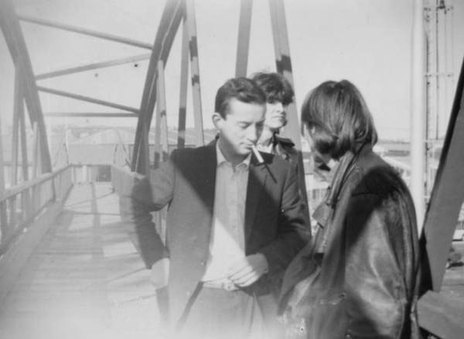
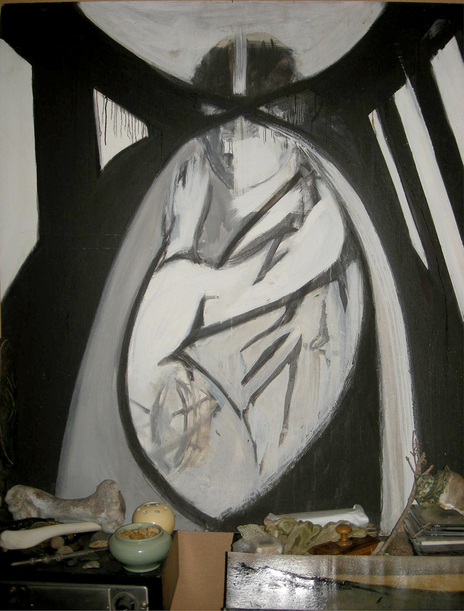
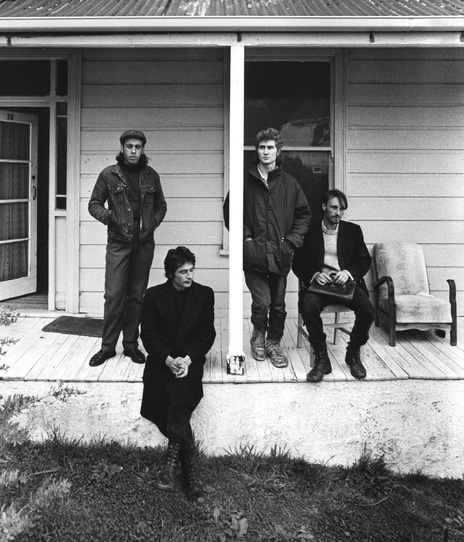
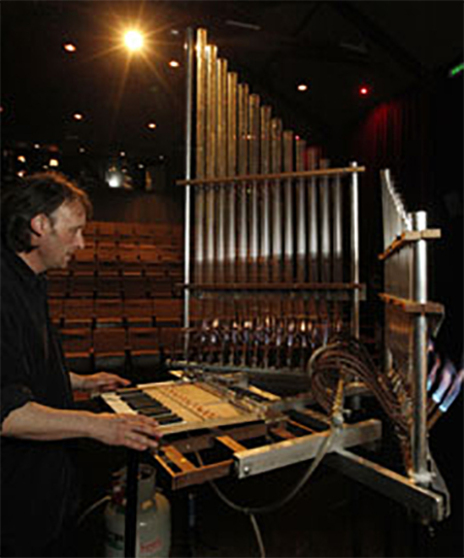
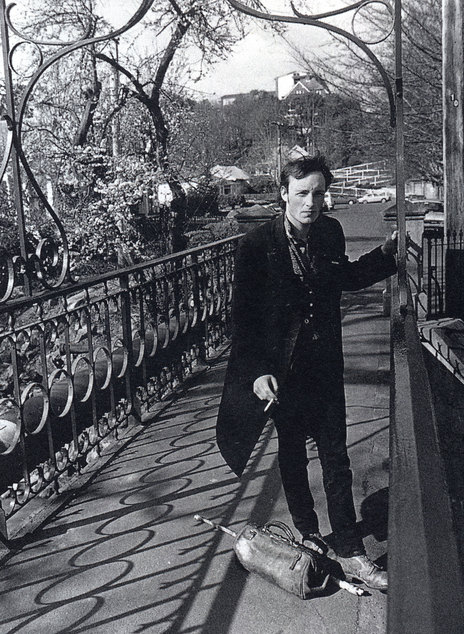
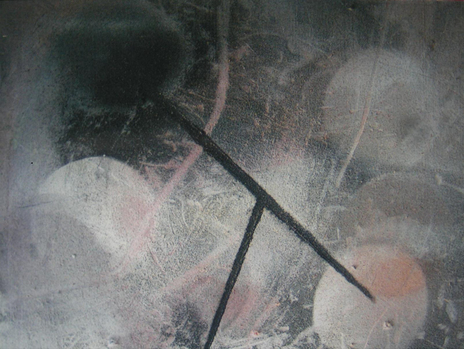
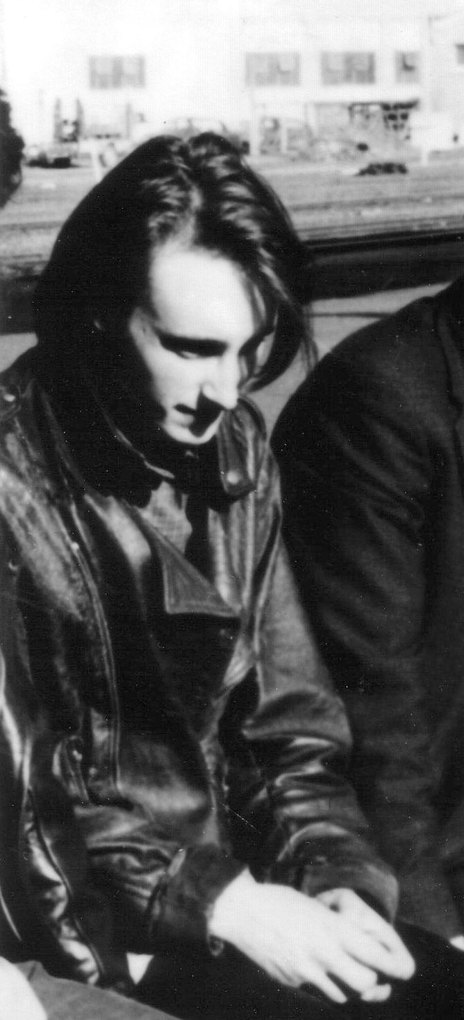
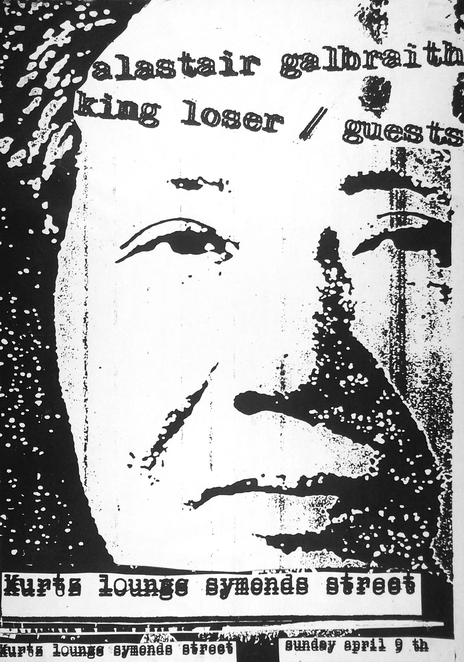
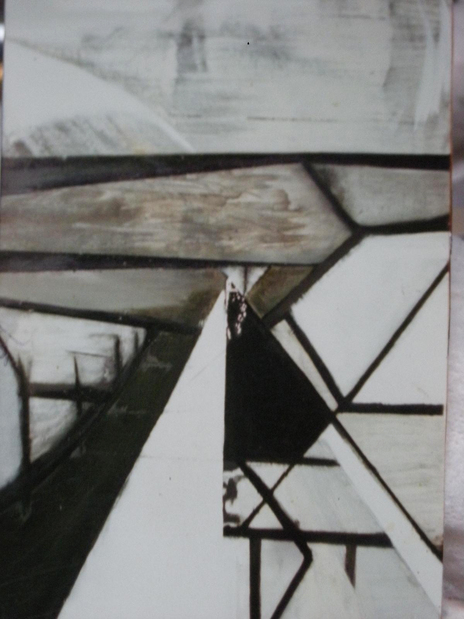
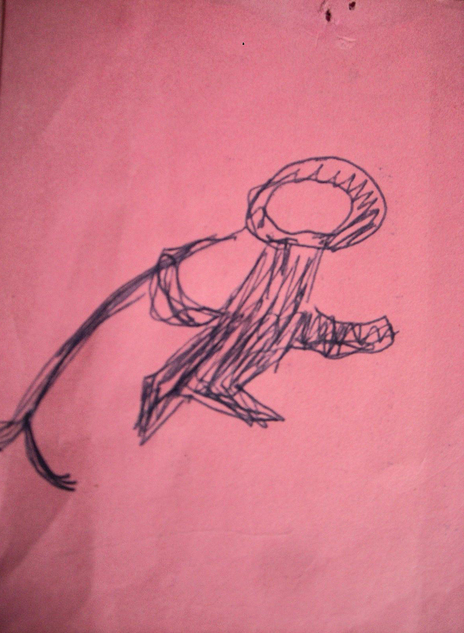
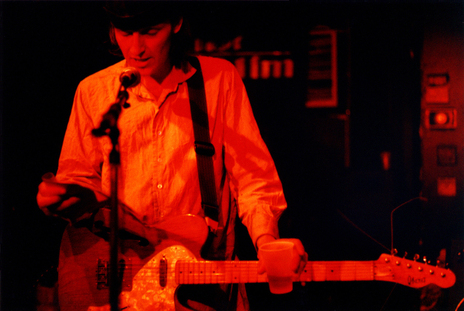
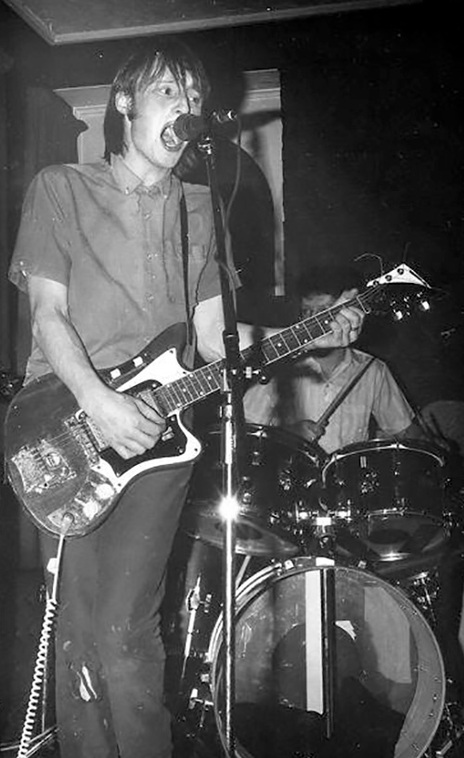
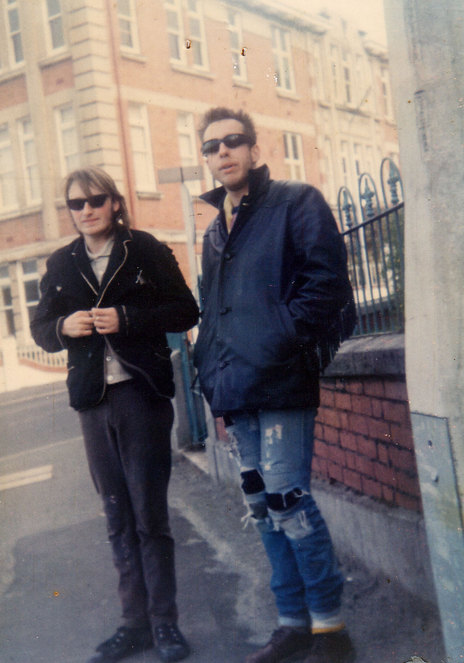
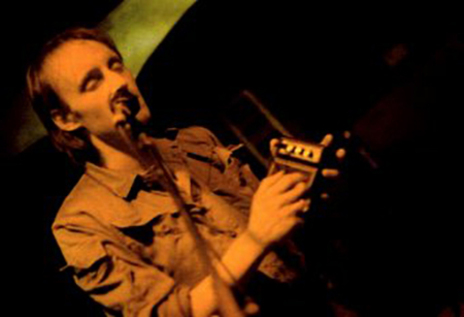
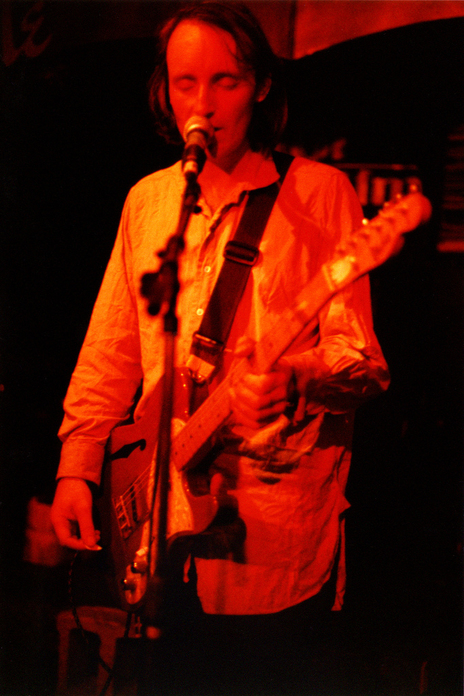
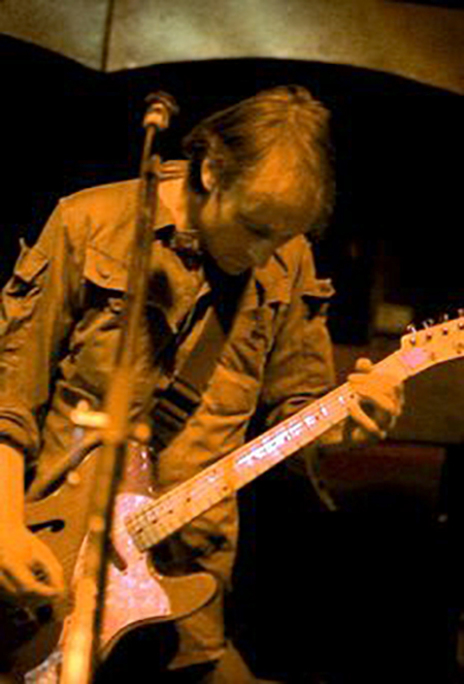
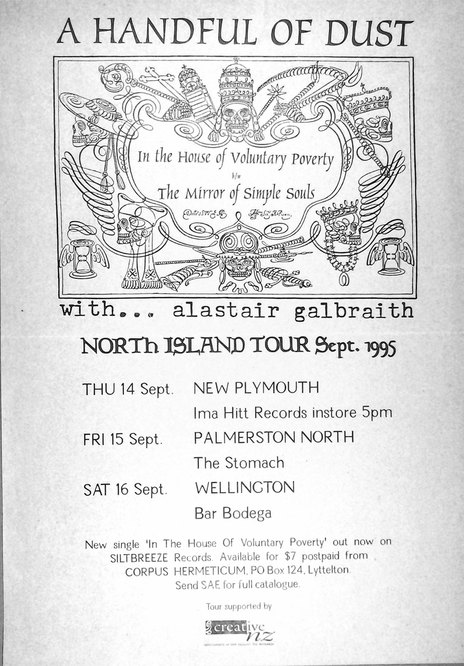
Siltbreeze
Emperor Jones
Next Best Way
Twisted Village
Corpus Hermeticum
Visit our sister site
NZ On ScreenMade with funding from
NZ On Air











